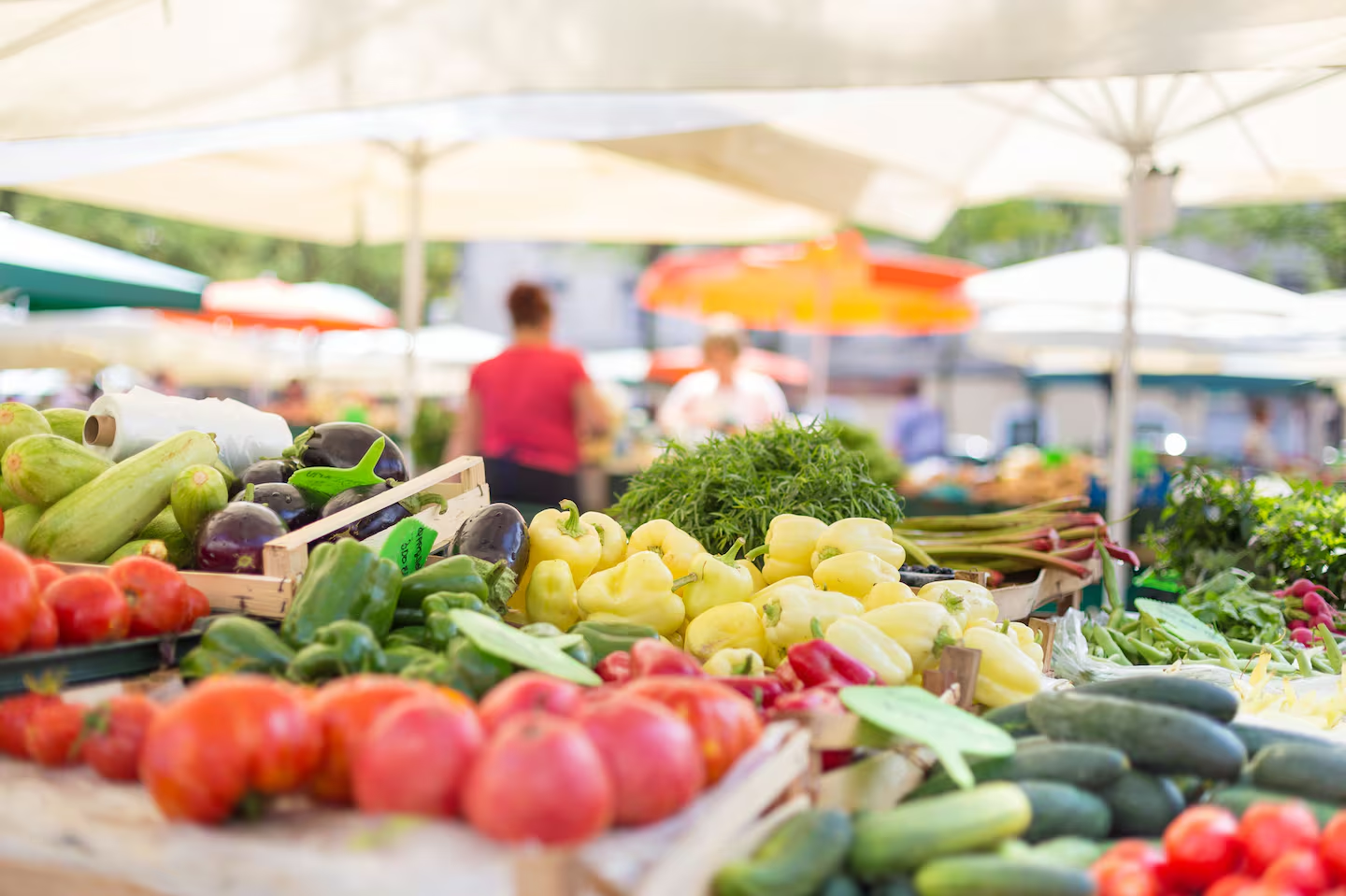What we covered?
The Technological Transformation of Farming in Ireland

The farming sector in Ireland is undergoing a significant technological transformation, with innovations ranging from data analytics to automation reshaping agricultural practices across the country. While agriculture has always adapted to new machinery and techniques, the current pace of change is faster than ever before. According to studies, machine operations contribute to as much as 80% of agricultural yields today. Yet, farming continues to be a challenging business, with profit margins under constant pressure from various directions.
This digital and technological revolution offers both opportunities and challenges for farmers. Traditional manual tasks are becoming automated, and data-driven decision-making is becoming the standard. Advanced tools, such as GPS-guided tractors and AI-powered predictive analytics, are enabling farmers to achieve more with fewer resources. Even simple advancements, like digital solutions for accepting payments for goods or livestock, have had a substantial impact.
Digital Payment Solutions Transforming Farms
One area where technology has made a significant impact on farms is in the realm of payments. Digital solutions have streamlined the process of accepting payments for goods, services, and livestock. Well-known apps and digital services now allow farmers to receive secure payments quickly and easily, anytime and anywhere. Mobile point-of-sale (POS) systems and card readers have become game changers, enabling farmers to accept instant card and contactless payments using just a smartphone or tablet. This is especially convenient for those selling fresh produce directly to consumers at farmers’ markets or farm shops.
For farmers conducting business with other agricultural businesses, suppliers, or customers, digital payment platforms facilitate the easy sending and receiving of digital invoices and online payments. This simplifies billing for those selling to restaurants, processors, or distributors, allowing payments to be deposited directly rather than waiting for checks.
Data-Driven Crop Management
Crop management has always been a critical component of successful farming. Today, farmers have the option to automate parts of the process or leverage powerful analytics and artificial intelligence, making crop management more precise and effective. A variety of technologies are now available for data collection, providing insights into optimal crop management strategies. For instance, sensors in fields can measure key variables like soil moisture, plant leaf health, and microclimates, offering valuable data on crop growth conditions.
This data can be fed into specialized farming software, allowing farmers to model outcomes and make better-informed decisions about where and how to plant crops. The ability to analyze and respond to these insights is crucial for optimizing growing operations.
Precision Agriculture Equipment
The development of precision agriculture equipment has seen substantial growth in recent years, significantly impacting farm operations. Terms like automation, data analytics, and targeting, which sound more akin to software development, have become commonplace in farming. GPS-guided tractors, for example, use automated steering to make precise passes through fields, reducing problems such as overlapping and ensuring even distribution.
Moreover, technologies are increasingly being combined. GPS-guided sprayers can automatically adjust their application rates based on field variability, and GPS-guided harvesters can identify ripe crops, automating what was once a labor-intensive manual task. These technologies enhance efficiency, reduce fuel and pesticide use, and minimize waste.
Robotics Revolutionizing Farm Labor
Robotics is also playing a transformative role in farming, handling repetitive and intensive manual labor tasks. This allows farmers to focus more on decision-making and crop management. In dairy farming, for example, automated milking systems handle the entire milking process—from identifying individual cows to cleaning udders and routing milk—without human intervention. Similarly, in crop farming, robots are used for tasks like pruning and weed control, further increasing productivity.
Advancements in Livestock Monitoring
Technology has also positively impacted animal welfare in farming. Tools like biometric sensors and wearable devices monitor livestock health, track movement, and identify potential illnesses early. Cattle, for instance, can be fitted with devices that monitor health indicators such as temperature and daily activity levels. These devices help farmers detect illnesses early, minimizing animal distress and preventing broader health issues.
Additionally, many farmers have invested in video monitoring systems to track livestock behavior and activity levels, which helps identify injuries and monitor for early signs of conditions like lameness.
In summary, the farming sector in Ireland is experiencing a profound technological shift, with digital solutions, data analytics, robotics, and precision equipment revolutionizing how farms operate. These advancements are helping farmers increase efficiency, reduce waste, and enhance productivity, all while adapting to the ever-evolving landscape of modern agriculture

